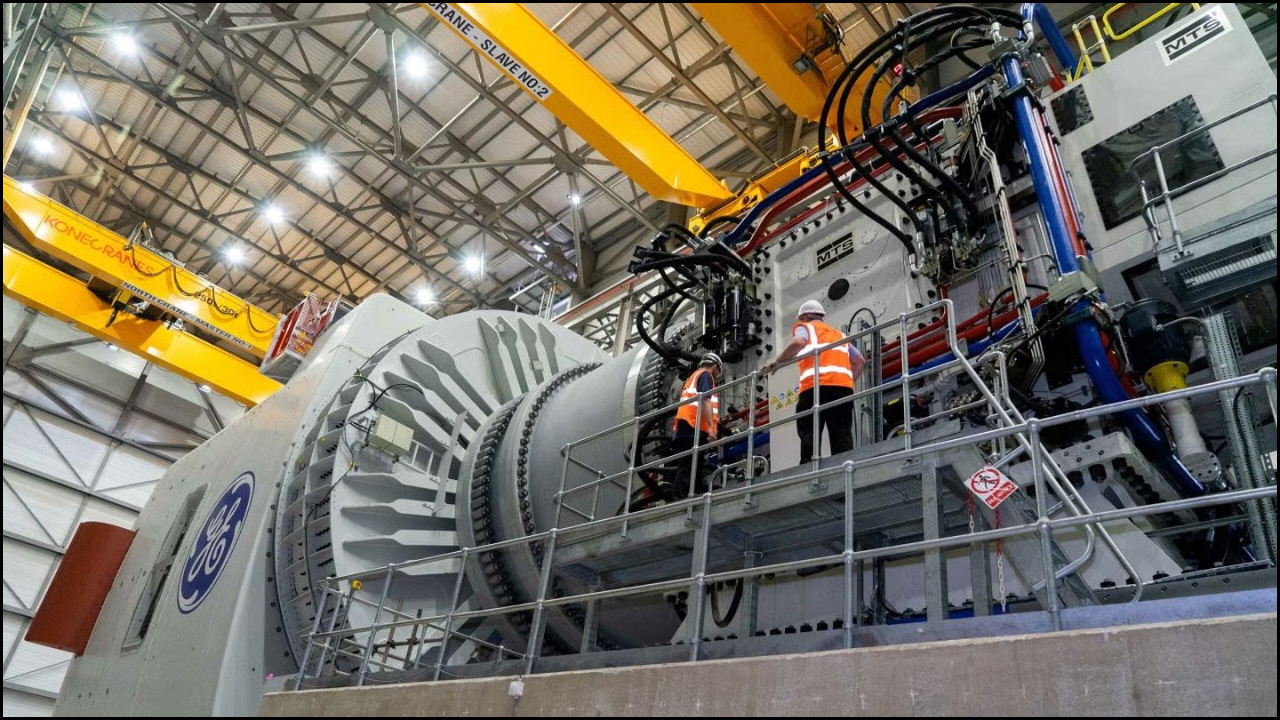
Women and diverse professionals are becoming powerful forces in shaping the future of offshore renewable energy. Inclusive participation in science, technology, engineering, and policy ensures balanced innovation and equitable development. Diversity introduces new ideas, creative problem-solving, and social awareness into an industry often dominated by technical and male perspectives. Offshore renewable research—spanning wind, tidal, and wave energy—thrives when all voices contribute to its growth. A commitment to gender equality and multicultural collaboration strengthens both scientific outcomes and societal progress.
Table of Contents
Importance of Diversity in Offshore Renewable Research
Diversity enhances creativity, drives innovation, and improves the relevance of research outcomes across global contexts.
- Diverse teams integrate multiple perspectives, leading to more effective and sustainable designs.
- Representation from women and minority groups strengthens decision-making in technical and policy areas.
- Inclusive participation increases the acceptance of renewable projects among communities.
- Gender balance in research organizations fosters fairness, mentorship, and equal career opportunities.
Gender Representation in Offshore Renewable Energy
Women remain underrepresented in engineering and renewable energy research, particularly in offshore sectors. However, initiatives are emerging to change this imbalance.
- Global energy firms are now setting diversity targets for recruitment and leadership.
- Female scientists are leading research on marine ecology, materials science, and sustainability.
- Universities and funding agencies are offering fellowships to encourage women in STEM.
- Advocacy organizations promote visibility and networking among women in ocean and energy research.
Current Gender Distribution in Energy Research Fields
| Research Area | Female Representation (Approx.) | Key Challenge |
|---|---|---|
| Offshore Wind Energy | 20–25% | Limited technical leadership roles |
| Tidal and Wave Research | 15–20% | Lack of funding for female-led projects |
| Environmental Impact Studies | 40% | Fewer promotion opportunities |
| Policy and Governance Research | 35–40% | Underrepresentation in global advisory boards |
Role of Women in Offshore Research Innovation
Women scientists, engineers, and policymakers contribute unique insights that strengthen offshore renewable systems.
- Female engineers are advancing turbine design, floating platform stability, and marine safety.
- Women-led teams often emphasize community welfare, sustainable design, and ethical research practices.
- Social scientists and environmental researchers study the gender impacts of coastal energy development.
- Female policymakers advocate for inclusive policies in global energy cooperation.
Examples of Women’s Contributions in Offshore Renewable Research
| Field of Work | Example Contribution | Impact |
|---|---|---|
| Engineering Design | Development of lighter turbine blades | Improved efficiency and cost reduction |
| Marine Ecology | Research on biodiversity near wind farms | Better environmental compliance |
| Policy & Governance | Advocacy for gender equity in energy boards | Increased female participation in leadership |
| Data Analytics | AI-driven maintenance systems | Enhanced safety and performance monitoring |
Barriers to Gender Equality and Diversity
Despite progress, systemic barriers still limit diversity in offshore renewable fields.
- Unequal access to technical training and mentorship programs persists.
- Gender bias in funding and hiring reduces opportunities for early-career researchers.
- Offshore work environments are often perceived as physically demanding and male-oriented.
- Lack of visibility of female role models discourages younger generations from entering the sector.
- Cultural stereotypes and policy gaps continue to restrict equitable participation.
Strategies to Promote Diversity and Inclusion
Efforts to achieve gender equity and diversity in offshore renewable research are expanding globally.
- Governments can introduce gender quotas and inclusive hiring mandates in energy institutions.
- Mentorship and sponsorship programs can support career advancement for women and minority researchers.
- Universities can integrate gender equality goals into research curricula and project funding.
- International organizations can support exchange programs and global research networks for underrepresented groups.
- Conferences and industry events can feature diverse speakers and panels to promote visibility.
Key Strategies for Improving Diversity
| Strategy | Implementation Method | Expected Outcome |
|---|---|---|
| Mentorship Networks | Pairing senior researchers with early-career women | Enhanced leadership pipeline |
| Diversity Funding | Grants for women-led and minority-led projects | Increased representation in innovation |
| Policy Reform | Inclusion clauses in research funding guidelines | Systemic change in institutions |
| Awareness Campaigns | Media promotion of women’s achievements | Broader public recognition |
| Global Collaboration | Bilateral exchange programs | Stronger cross-cultural understanding |
The Role of Diversity in Innovation and Research Quality
A diverse research environment produces creative solutions to technical and environmental challenges.
- Varied perspectives foster innovation in offshore infrastructure and energy modeling.
- Multicultural teams identify new research questions that align with local community needs.
- Inclusive approaches integrate social, economic, and ecological concerns into technical design.
- Gender diversity improves safety and sustainability outcomes through balanced decision-making.
Institutional and Policy-Level Efforts
International organizations and funding councils are embedding diversity objectives in renewable energy frameworks.
- The European Union’s Horizon Europe program promotes gender balance in research leadership.
- The Engineering and Physical Sciences Research Council (EPSRC) supports inclusive innovation programs.
- The International Renewable Energy Agency (IRENA) runs initiatives encouraging women’s participation in energy transitions.
- Academic institutions worldwide are introducing equality charters to monitor gender progress.
Public and Private Sector Roles in Advancing Equality
Both sectors share responsibility for promoting fair representation and inclusive opportunities.
- Private companies in offshore wind and tidal energy are launching female internship and scholarship programs.
- Government policies encourage gender audits and transparent reporting on workforce diversity.
- Collaboration between industry and academia promotes equitable access to research resources.
- Community engagement ensures that renewable projects reflect social inclusion values.
Examples of Global Initiatives Supporting Women in Energy
| Organization/Initiative | Objective | Region |
|---|---|---|
| Women in Wind Global Leadership Program | Empower female professionals in offshore wind | Global |
| POWERful Women | Increase female leadership in the UK energy sector | United Kingdom |
| Clean Energy Education & Empowerment (C3E) Initiative | Recognize women’s achievements in clean energy | North America & Europe |
| Asian Women in Energy Network | Support women’s participation in renewable energy | Asia-Pacific |
Benefits of an Inclusive Research Ecosystem
Inclusivity yields measurable benefits for innovation, collaboration, and community welfare.
- Diversity enhances adaptability in solving complex environmental challenges.
- Women’s leadership contributes to ethical research practices and community-centered outcomes.
- Equitable participation increases global trust in offshore renewable development.
- Inclusion ensures that future energy systems serve the needs of all populations, not just a few.
Future Directions for Women and Diversity in Offshore Research
Future progress requires continuous commitment from institutions, policymakers, and society.
- Artificial intelligence and automation create new opportunities for women in energy data science.
- Interdisciplinary education can bridge gender gaps in engineering and environmental sciences.
- Global cooperation through bilateral programs can enhance inclusivity in offshore energy innovation.
- Recognition platforms celebrating women’s contributions can further inspire participation.
Looking Ahead
Women and diversity represent the driving force behind a balanced and innovative offshore renewable energy future. Equitable representation ensures that scientific and technical progress aligns with fairness, sustainability, and global responsibility. A truly inclusive research ecosystem not only strengthens innovation but also reflects the social justice principles essential for a sustainable planet. Empowering women and diverse voices in offshore renewable research will remain vital for achieving a resilient, equitable, and energy-secure world.





